Why take this course?
The growth of humanity, from less than 2 billion in the end of the 19th century to over 7 billion in the beginning of the 21st
century is strongly related to our ability to use energy. The use of
fossile energy cause severe problems with the environment and is truly
challenging the future of man kind. We strongly need I) to reduce our
use of energy and II) to transfer from fossil and probably nuclear to
renewable energy sources.
This is where Power Electronics is important. Independent of primary energy source, a lot of our use of energy involves electric energy technology. Manufacturing, transport, lighting, ventilation, heating, electricity transmission, physics research, ... all involve one or several steps where the energy is converted to electricity before finally consumed. In addition, renewable energy sources like wind, wave and solar are entirely dependent on conversion of the primary energy source to electricity as an intermediate state before finally consumed.
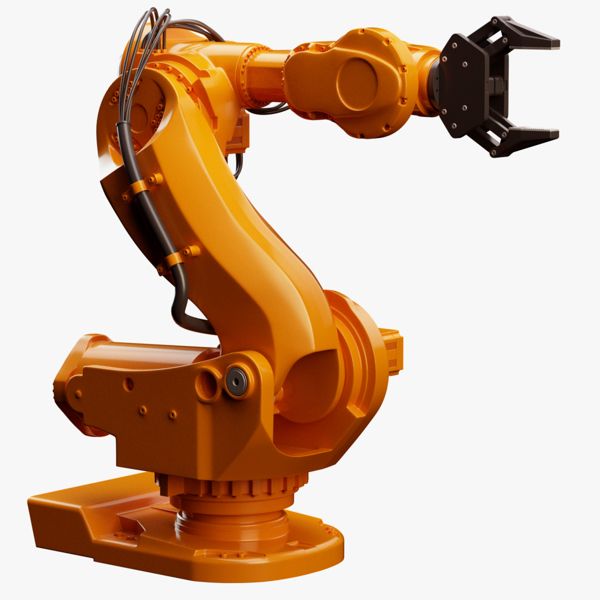
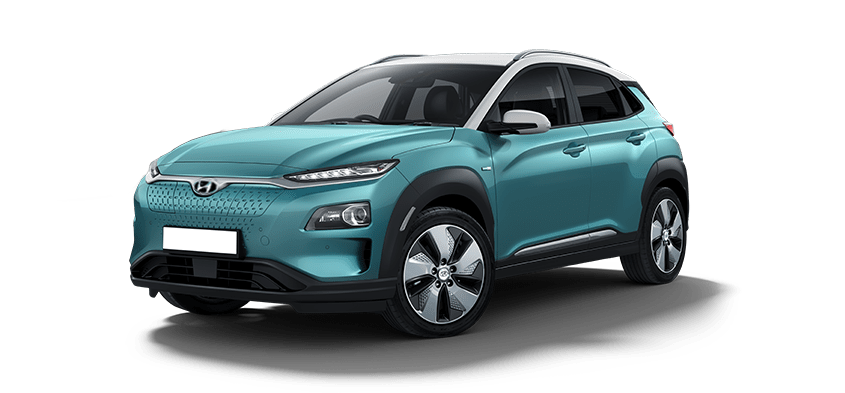
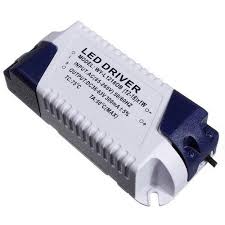
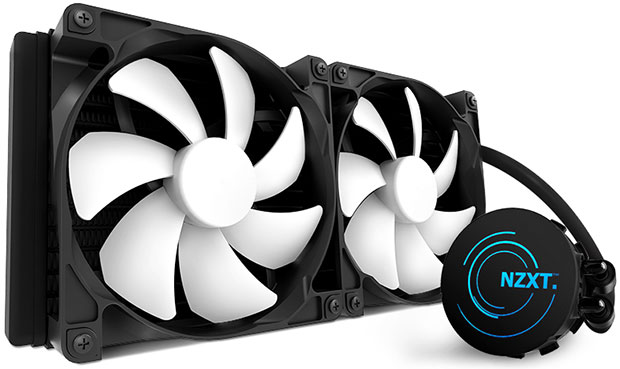
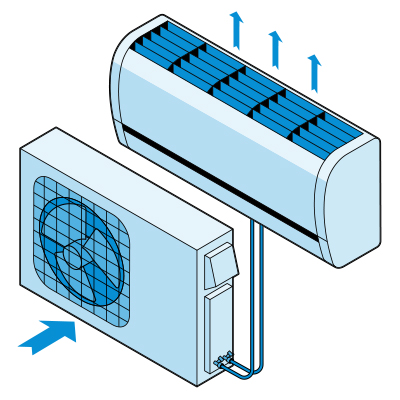
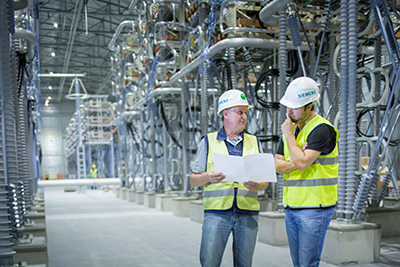
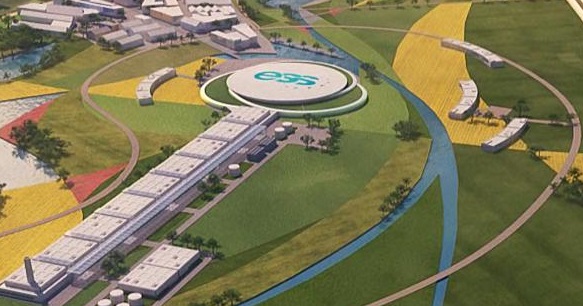
In
most, if not all, of these applications the energy is converted by
means of switching power electronics converters built by power
semiconductors and controlled in real time by very fast control
systems. The development of modern power electronics started half a
century ago and is today developing faster than ever before. As an
engineer with ambitions to work with, or just understand the fundaments
of, electric energy conversion and control, it is important t study
power electronics - it is involved "everywhere" in electric energy flow
control.
This course is given to provide a deep understanding of the technologies involved, the requirements and limitations, the opportunities and to give the understanding and tools to help those who want to contribute to the development.
The
course is built on lectures,labs, exercises. The labs are prepared
within the Matlab/Simulink environment such that you by the computer
get a chanse to understand the dynamic behaviour that you will se on
instruments in the lab.
Teachers
The
course is given by Professor Mats
Alaküla.
The course is assisted by Akanksha Upadhey, Max Collins and Samuel Estenlund, all PhD students at IEA.
Lectures
L1_Intro&Switches, Video
L2_Bridges&Snubbers, Video
L3_Modulation, Video
L4_4QModulation&Thermal (Including Exercise 4), Video
L5_Thermal&SpeedControl, Video
L6_DC CurrentControl, Video
L7_TorqueGeneration, Video
L8_DC Machine and Control, Video
L9_3phaseModulation, Video
L10_3PhaseCurrentControl, Video1, Video2
L11&12 StaticVArComp&ActiveFilters, Video1, Video2
Guest Lecture Active Filters Video only
L13&14_PassiveComponents, Video13,Video14
L15_PMSM Modelling, Video
L16_PMSM Control, Video
L17_PowerSemiconductors, Video
L18_Losses, Video
L19_Cooling, Video
L20_GuestLecture_PowerSemiconductors, Video1
L21_InductionMachine, Video1, Video2
L22_EMC, Video
L23_Guest Lecture on EMC in heavy vehicles (only Video)
L24_Resonance & Multi level converters, Video
L25+L26_Recap, Video1 + Video2
A special link to the conference "Elvägar och framtidens transporter". This conference is given in Swedish!
Exercises
Exercises with solutions (Updated 2021-05-18)Exercise1&2. E1.1, E1.2, E1.3, E1.4, E1.5, Video
Exercise 3. Video, Whiteboard
Exercise 4 - Included in L4 above. E1.6, E1.7
Exercise 5 - Video, Whiteboard
Exercise 6. Video.
Exercise 7- Included in L7 above
Exercise 8 - Included in L8 above
Exercise 9. Video
Exercise 10. Became more of a Lecture - see Lecture 10 videos above
Exercise 14. Inductor design with Excel
Exercise 16, PMSMmodelling
Exercise 18, PowerSemiconductors
Extra Simulink models for:
3Phase2LevelModulation
3Phase2LevelCurrent Control
3Phase2LevelActiveFiltering
Laborations
Lab 1 - The flyback converter
Simulation exercise before the lab:- Download LT Spice
- Instructions & what to investigate?
- Library and schematic files for Flyback converter simulation exercise
- IF you have problems using installing and using the specific transisitor in the flyback circuit, any other suitable model in the buoild in library can be used instead
Video laboration
Lab 2 - The H-bridge converter
Simulation exercise (Deadline 5/2: akanksha.upadhyay(at)iea.lth.se) H-bridge dc/dc converter.
Design of an Analog Modulator for an H-Bridge dc-dc converter
Assignment 2 - half bridge circuit
Lab manual (Including thermal)
Video laborationLab 3 - The DC machine
Lab 4 - The active filter
Lab manualHome assignment instructions
Simulation files
Lab 5 - The PMSM
Lab 6 - The induction machine
Previous Exams
Course Material
Course Plan with Study guideCourse compendium This book is subject to being upgraded during the course. Please check in here for pdated versions.
2020-01-27:
All lecture invitations are now updated as session-specific. Thus, you need to log in to each event with a unique Zoom-link, sent by mail.All teaching will be made via Zoom, until further notice, as a consequence of the Corona pandemic.
This course is lab-intensive, with 6 different labs that each of them contain prestudies in the form of simulation work, and laboratory exercises, both of which involves report writing. As long as the Covid-situation does not lighten, all these labs will be run in a virtual form, based on pre-recorded lab activities that the student will evaluate and analyse to build the lab reports on.IF the Corona restrictions lighten enough, teaching may return to normal class room / lecture hall sessions as well as physical labs again.
The teaching sessions will be recorded and made available to download from this page.
Contact
The Student adminstration office is open weekdays 11:00-12:30 on the second floow in the M-building. Other times by agreement.
The teachers (except Mats) are all located in the south east corridor of the M-building, one floor above ground.
Phone: 046-229290
Mail:
Secretary: studexp_iea(@)listserver.lu.se
Akanksha: akanksha.upadhyay(at)iea.lth.se
Max: max.collins(at)iea.lth.se
Samuel: samuel.estenlund(at)iea.lth.se
Mats: mats.alakula(at)iea.lth.se